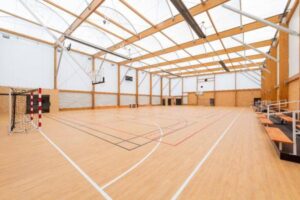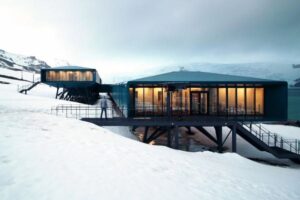Where Are Building Material Tests Applied in Cold-Climate Construction?
Building in cold climates comes with unique challenges—from extreme temperature swings1 to frost penetration and moisture buildup. In such environments, the reliability of construction materials must be proven through rigorous, climate-specific testing2. Whether you’re developing housing in subarctic towns or infrastructure in the Arctic, here’s how building material tests3 help ensure safety, comfort, and long-term performance.
Low-Temperature Performance Testing of Building Materials
Materials used in cold regions must withstand sub-zero temperatures without cracking, shrinking, or losing strength4. Testing evaluates how materials behave when frozen, thawed, and exposed to repeated cycles5.
Key Low-Temperature Tests:
- Cold Flexibility Test (ASTM D1970): Determines flexibility of membranes and sealants under cold conditions.
- Impact Resistance at Low Temperature (ASTM D1790): Simulates sudden mechanical stress in freezing climates.
- Low-Temperature Brittleness (ASTM D2137): Evaluates the ability of plastics and rubbers to resist cracking.
- Concrete Strength Retention in Cold Curing: Assesses whether concrete achieves sufficient strength when poured at low temperatures.
| Material | Test | Cold-Climate Purpose |
|---|---|---|
| Sealants and tapes | Cold flexibility and adhesion | Prevents failure in air/water sealing |
| Plastics and pipes | Brittleness and tensile tests | Avoids cracking during installation or use |
| Concrete mixes | Cold curing and strength retention | Ensures structural integrity in winter pours |
These tests help builders select materials that remain reliable in freezing weather and continue to perform year-round.
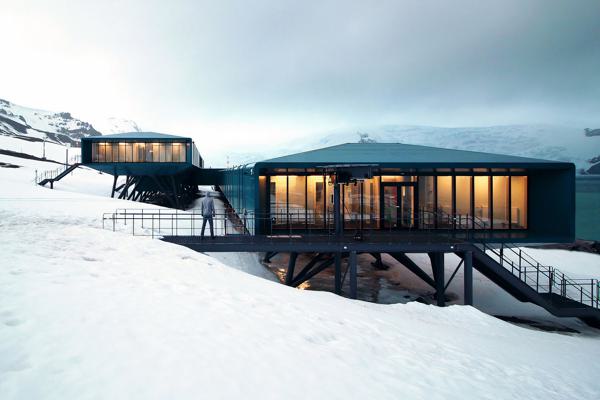
Frost-Heave Resistance Testing for Foundation Materials
One of the biggest risks in cold-climate construction is frost heave6, where expanding ice lenses beneath the surface displace foundations, pavements, and pipelines. Testing helps engineers select materials and designs that minimize frost susceptibility7.
Frost-Related Testing Methods:
- Frost Heave Test (ASTM D5918): Measures upward movement caused by freezing water in soil.
- Freezing Index Simulation: Evaluates how long and how deep frost penetrates construction layers.
- Soil Classification for Frost Susceptibility: Identifies fine-grained soils prone to ice formation.
- Insulation and Capillary Barrier System Testing: Validates soil layer performance under frost action.
| Foundation Type | Key Concern | Testing Used |
|---|---|---|
| Slab-on-grade buildings | Upward frost displacement | Frost heave simulation |
| Road subgrades | Frost boils and cracks | CBR + frost depth testing |
| Utility pipelines | Pipe uplift and rupture risk | Soil insulation testing and temperature logs |
By testing for frost behavior, builders can avoid costly foundation damage and service disruptions in freezing zones.
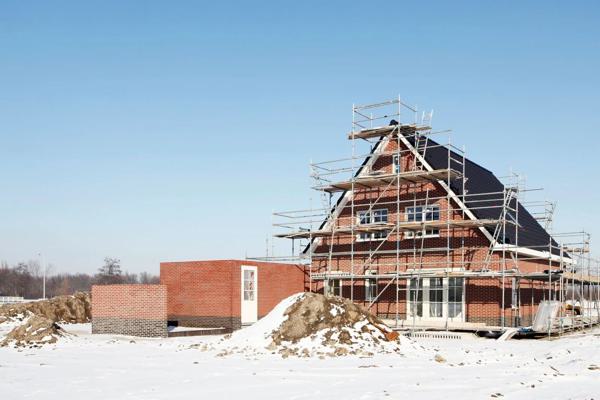
Thermal Insulation Testing of Envelope Materials in Cold Regions
Energy efficiency is a top priority in cold regions, where heating costs can skyrocket. Materials for walls, roofs, and windows must be tested for thermal performance and air sealing capacity.
Insulation Performance Tests:
- Thermal Conductivity (ASTM C518): Measures how well insulation retains heat.
- Air Leakage Rate (ASTM E283): Evaluates air permeability of building envelopes.
- Thermal Bridging Assessment: Identifies weak points in insulation continuity.
- Moisture and Condensation Testing (ASTM E96): Checks vapor diffusion and drying potential.
| Envelope Element | Testing Objective | Cold-Climate Benefit |
|---|---|---|
| Insulation panels | Low thermal conductivity (R-value) | Reduces energy loss |
| Air/vapor barriers | Air leakage and condensation resistance | Prevents drafts and mold |
| Window systems | U-value and condensation resistance | Enhances thermal comfort and visibility |
Properly tested envelope materials result in buildings that stay warm, dry, and energy-efficient, even during long winters.
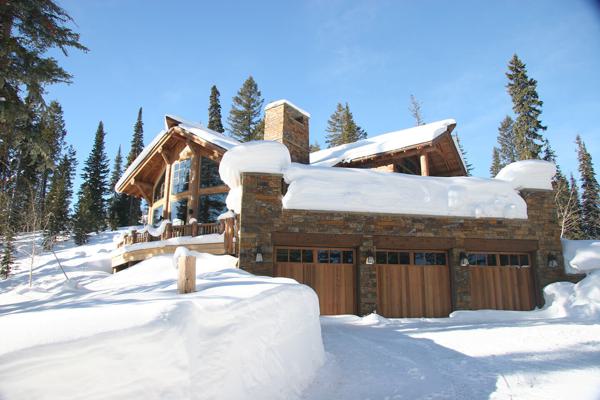
Best Practices of Material Testing for Arctic-Zone Buildings
Arctic environments demand extreme resilience. Construction windows are short, materials are exposed to intense cold, wind, and permafrost instability, and logistics are challenging. Testing ensures materials meet these unique demands.
Best Practices Include:
- Pre-construction lab testing of all key materials in subzero conditions.
- Real-time monitoring of field-cured materials, such as concrete maturity sensors.
- Non-destructive evaluation (NDT) of structural components post-installation.
- Simulation chambers replicating polar temperatures and wind chill during product development.
| Strategy | Why It Matters in Arctic Zones |
|---|---|
| Field condition replication | Ensures lab results reflect real performance |
| Prequalified, certified materials | Avoids construction delays and material failure |
| Remote monitoring tools | Reduces need for physical inspections in harsh climates |
These practices ensure that Arctic-zone buildings perform safely and efficiently, even under some of the most punishing conditions on the planet.
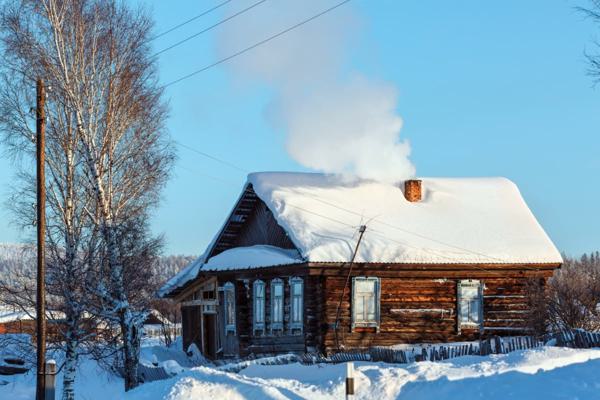
Conclusion
In cold-climate construction, every building material must be tested not just for strength—but for survival. From frost resistance to thermal insulation and subzero flexibility, building material tests ensure that structures endure the cold without compromise. Whether you’re designing a mountain lodge or an Arctic research station, reliable testing is the first layer of protection against nature’s harshest forces.
-
Learning about the impact of temperature fluctuations can help you choose the right materials for durability and performance in cold climates. ↩
-
Understanding climate-specific testing can enhance your knowledge of material reliability in extreme conditions, ensuring safer construction practices. ↩
-
Exploring this topic will provide insights into how testing can prevent issues like frost penetration and moisture buildup in construction. ↩
-
Explore this link to discover materials specifically designed for extreme cold, ensuring durability and performance in harsh conditions. ↩
-
Learn about the testing methods used to assess material performance in extreme conditions, crucial for engineering and construction. ↩
-
Understanding frost heave is crucial for effective cold-climate construction, ensuring safety and durability in structures. ↩
-
Exploring methods to minimize frost susceptibility can lead to better construction practices and longevity of structures in cold climates. ↩


